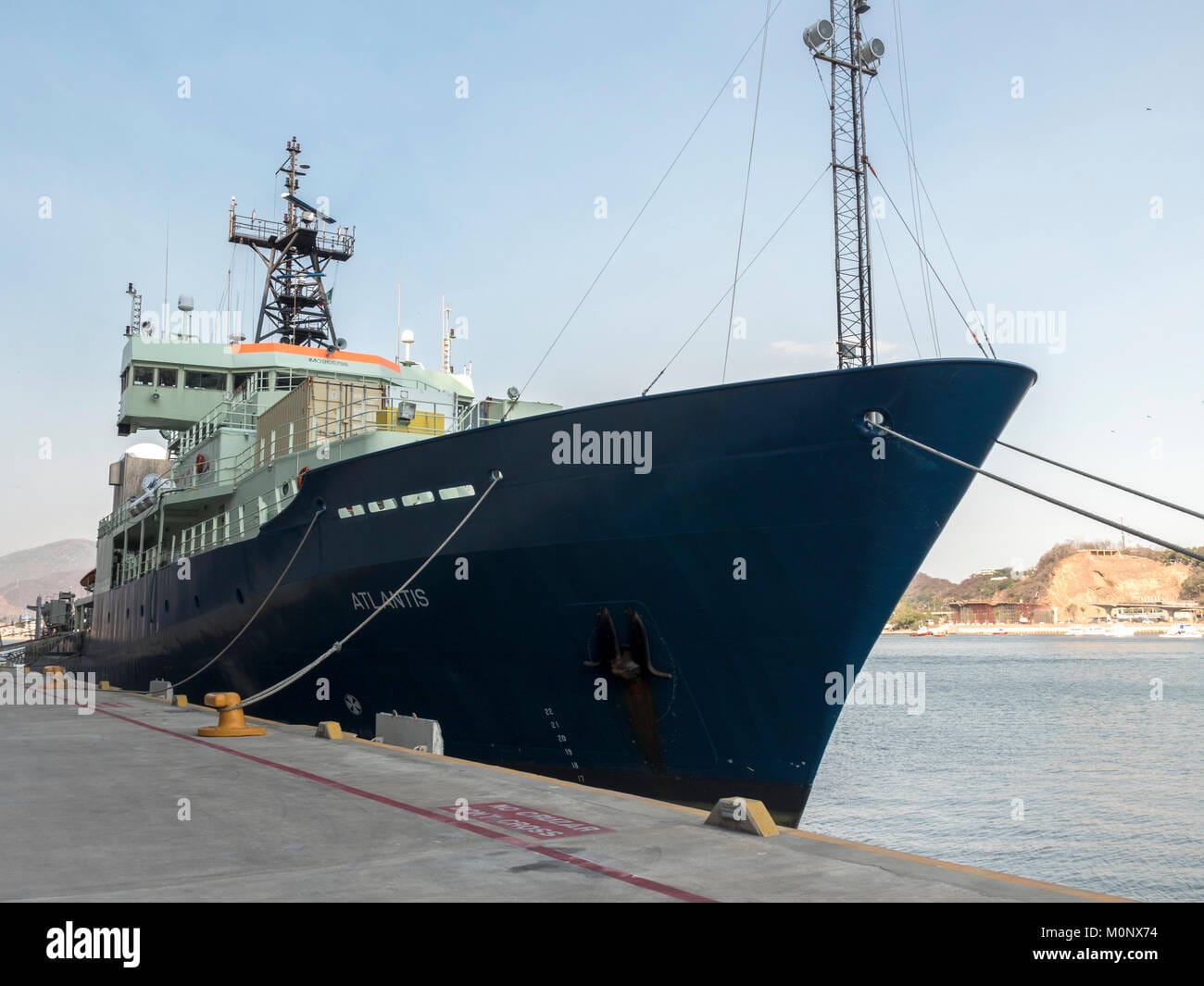The development of electric thrusters has unveiled new possibilities for space exploration, heralding an era of far-reaching interplanetary missions. These propulsion systems, which harness advanced electric propulsion technologies, have immense potential to change the way humanity explores the cosmos. In this article, we will delve into how electric thrusters are revolutionizing space exploration and unveiling new frontiers for human knowledge.
Electric thrusters utilize ion engines, which use electrical power to accelerate ionized propellant, creating thrust in a controlled manner. These engines are remarkably efficient, consuming less fuel than traditional chemical rockets. This efficiency enables spacecraft to carry larger payloads and travel further distances on limited fuel reserves. The reduced fuel consumption also permits a longer lifespan for electric thrusters, allowing spacecraft to remain in orbit for extended periods and conduct ambitious deep-space missions.
One prominent application of electric thrusters is orbital maneuvering and station-keeping. Satellite operators rely on these efficient engines to maintain their spacecraft in optimal positions in low Earth orbit and geostationary orbits. Electric thrusters play a crucial role in satellite constellation networks, such as those used for navigation, meteorology, and telecommunications. Smaller, agile satellites equipped with electric propulsion can provide more flexible and dynamic coverage and enable swift response to changing conditions.
The evolution of electric thrusters has paved the way for ambitious interplanetary missions. With electric propulsion, spacecraft can now travel longer distances with lower fuel consumption, enabling unparalleled opportunities for deep-space exploration. Voyagers like Jupiter Icy Moons Explorer (JUICE) and interplanetary CubeSats equipped with electric thrusters showcase how these innovative engines support versatile missions to the outer solar system and beyond. With cutting-edge electric propulsion systems, humanity is assuring rapid advancements in the exploration of Mercury, Venus, Mars, and beyond.
To make long-duration space voyages feasible, spacecraft require efficient power sources, and electric thrusters excel in this aspect. These engines utilize electric power generated by solar arrays, radioisotope thermoelectric generators, or onboard nuclear reactors. Some electric propulsion systems can even use high-efficiency energy storage solutions, like supercapacitors, to maintain power throughout the mission. This reliance on advanced power sources unlocks the potential for energy-hungry instruments onboard the spacecraft, fostering scientific discoveries in remote regions of the solar system.
Despite the remarkable progress in electric thrusters, challenges remain. The inherent efficiency of electric propulsion systems depends on the availability of electrical power and propellant on board. As missions venture further into the cosmos, ensuring a stable power supply and conserving propellant becomes increasingly crucial. Additionally, intense technological advancements are needed to improve the durability, reliability, and throttling capabilities of electric thrusters catering to the diverse needs of interplanetary missions.
In conclusion, electric thrusters are revolutionizing space exploration by enabling small, agile satellites to remain in orbit efficiently, paving the way for ambitious deep-space missions, and efficiently supporting advanced power sources. These technologies will undoubtedly continue to evolve and open new frontiers for humanity’s exploration of the cosmos. As we venture deeper into the vastness of space, the development of electric thrusters will remain central to the advancement of our solar system exploration, enriching our collective understanding of the universe we inhabit.



